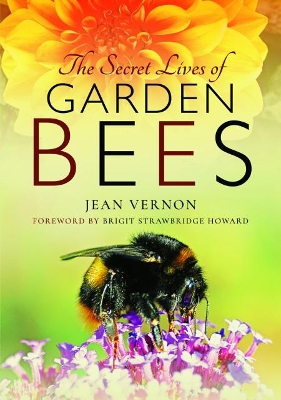Reviewed by annieb123 on
The Secret Lives of Garden Bees is a science based, layman accessible, entertainingly educational primer about our favourite pollinators, bees (and not just honeybees). Due out 19th June 2020 from Pen & Sword on their White Owl imprint, it's 208 pages and will be available in hardcover format.
This is a wonderfully accessible book with a primer of bees including places to find them, how to spot them, what their habits are, and what they look like. The descriptions include the proper nomenclature side by side with the common names and all include crystal clear colour photos of each subject. There are chapters full of advice for attracting and supporting both native and non-native pollinators including what *not* to do in one's garden. There's an herbal list with flowing plants which are food rich and attractive to bees and a seasonal guide to the gardener's year with respect to maintaining rich and diverse plant and insect populations.
The book includes a generous assortment of links for further reading and a cross referenced index. The photography is nothing short of breathtaking. There are numerous crystal clear macro shots in which one could (if so inclined) count every hair on the fuzzy bee bodies.The chapters also include lists of tips and advice, arranged bullet style, for supporting and providing nesting and living habitat for solitary bees and other beneficial insects.
This is a lovely and inviting book, well written, scientifically accurate and engaging. Five stars.
Disclosure: I received an ARC at no cost from the author/publisher for review purposes.
Reading updates
- Started reading
- 9 April, 2020: Finished reading
- 9 April, 2020: Reviewed
